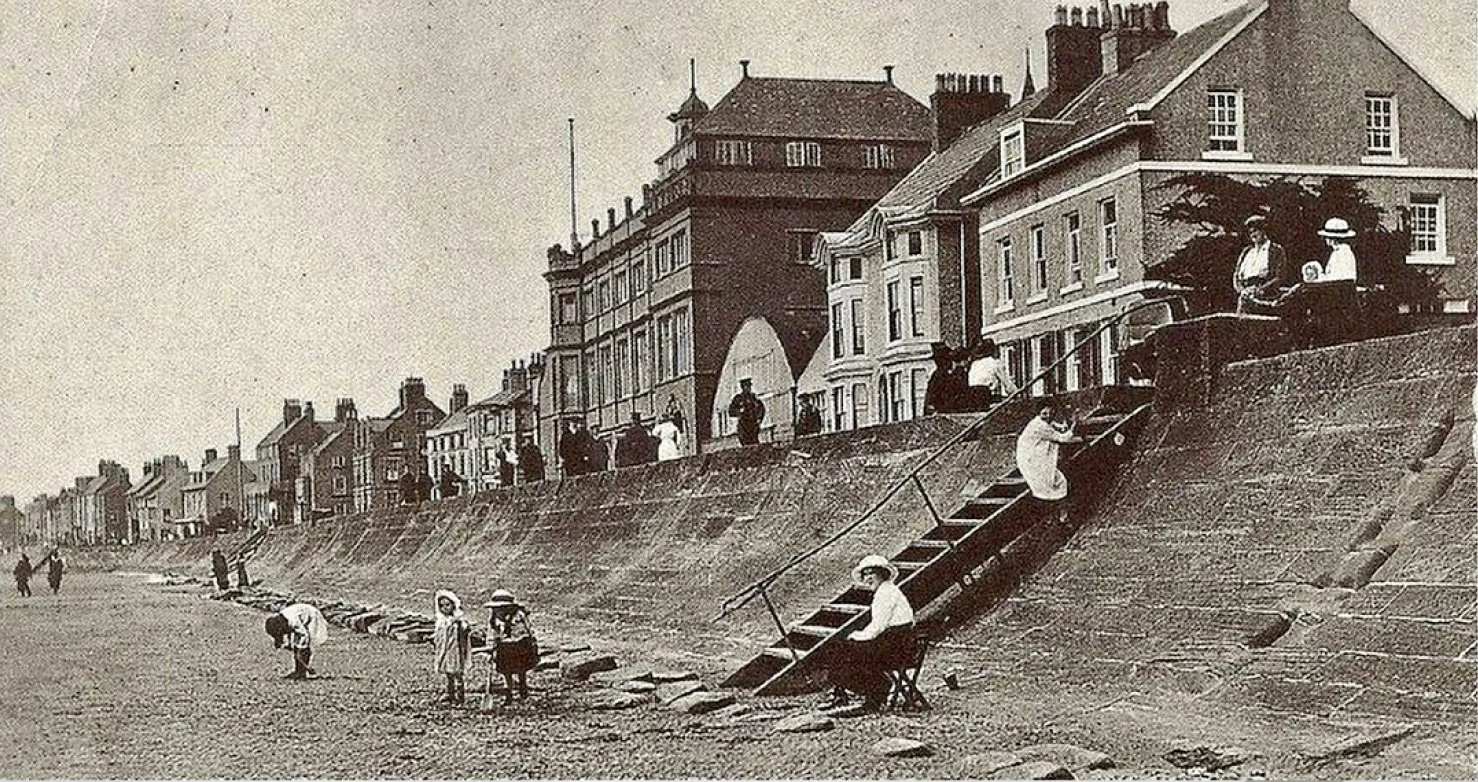PARKGATE ORIGINS
The origin of Parkgate can be traced back to the former Neston Park which was created when land was enclosed as a deer park in about 1250 by Roger de Montalt (c1200-1260), steward to the powerful Earl of Chester. The hunting park came to an end in 1599 when the land was sold off to new owners. An anchorage hamlet, or small fishing community, gradually developed on the foreshore of the Dee estuary, near the gates of the old Neston deer park. The first recording of the name Parkgate was thought to be in 1610 when it was noted that shipping was being handled at ‘the park gate’, probably denoting a location at the end of Moorside Lane, where the entrance to the park is understood to have been.
At the northern end of what we now know as the Parade, in the township of Leighton, an inn (first shown simply as a Beerhouse) is recorded from 1613, and the stretch of water at this point is recorded as ‘Beerhouse hole’, implying an anchorage with deeper water than elsewhere. This natural feature may have been the catalyst for the first settlement here.
The Northern end of The Parade
The first descriptive reference to Parkgate came from a traveller who in the late 1660s described ‘the little village of Birhouse…(with) some large storehouses for the keeping of mercandize to be embarked for Ireland…’ (Place 1994, p.20) – this note appears to refer to the old buildings which some still remember as occupying the present site of the Boathouse car park. The first mapped evidence of a settlement known as Parkgate is shown on Greenvile Collins’ survey of 1686 (Place 1994, p.2). This shows Parkgate (in Neston township) and Beerhouse (in Leighton) apparently as separate developments.
In 1672 the ownership of the land transferred to the Mostyn family through the marriage of Bridget Savage of Leighton Hall to (Sir) Thomas Mostyn, whose residence was across the water at Mostyn Hall in Flintshire. In June 1849 their descendant (the 2nd) Baron Mostyn sold off all his family’s Cheshire holdings (including the whole of Parkgate) at a public auction held here over six days at the former Mostyn Arms Hotel. He had decided, quite astutely, that Llandudno would be a better place for the investment of his money. The sale was intended to encourage development and divided the former Mostyn holdings between many different new ownerships. The Mostyn family may now be long gone from here, but the family name still lives on in Parkgate.
The present day Parkgate consists of part of Great Neston and part of Leighton townships, so those researching families in Parkgate will need to look through tithe records for Great Neston and Leighton.
Last Updated April 2022

